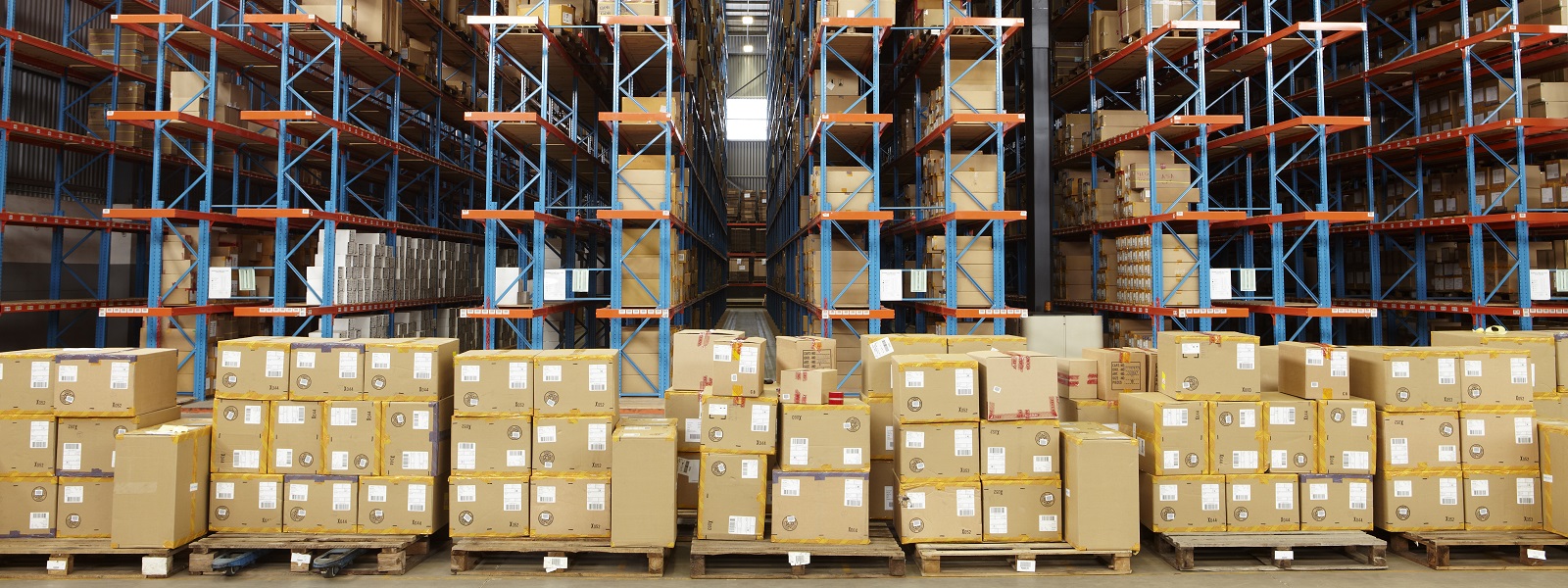A fundamental shift in buying habits is driving M&A activity in the consumer sector. In reaction to a growing “on-demand” culture—where customers are expecting products and services delivered instantly—firms are using M&A as a strategy to rethink business models.
The global consumer sector saw a rebound in activity during 2017. A total of US$380.85 billion spent across 2,090 deals marked the second-highest annual deal value since the financial crisis.
Three trends are helping to drive the recent growth:
1. On-demand culture pushes retailers online
Due to the pressure being exerted by online marketplaces, traditional retailers are feeling the squeeze. In the US alone, national chains closed a record 8,000+ stores in 2017, including JCPenney, Macy’s and Sears stores. The sharp rise in online sales has pushed traditional retailers to buy into this space. PetSmart’s US$3.3 billion takeover of online pet retailer Chewy.com is one such example of this trend.
2. Retail firms compete to tap into the millennial marketplace
The need to tap into the lucrative millennial marketplace is another force driving M&A within the sector. In 2017, it was estimated that millennials in the US alone spent a total of US$200 billion. In 2018, they are predicted to have the most spending power of any generation.
Walmart made a series of acquisition plans in 2017 to capitalize on this spending power and fight off competition from Amazon. The retail giant agreed to acquire men's fashion retailer Bonobos for US$310 million in June, having previously agreed to acquire vintage-inspired women’s clothing brand Modcloth for US$50 million in March.
3. Tech firms look to enhance the in-store experience
Technology firms are increasingly eyeing deals within the sector as they look for ways to use data to enhance the in-store experience and integrate it with their business. Amazon’s US$13.5 billion takeover of upmarket grocery chain Whole Foods exemplifies this trend. Through the purchase, Amazon not only gained access to a network of more than 360 stores, but also picked up a wealth of data on customer buying habits and patterns. This will allow Amazon to customize the shopping experience and boost sales. Expect more transactions of this nature as other tech firms struggle to keep pace with this ongoing shift in the marketplace.





